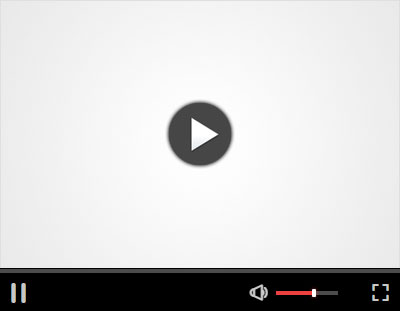All of us Chinese cannot wait any longer. Every day of delay will bring great suffering, disaster, revenge, social suici···

On June 6, 1944, the Normandy landing occurred. This was not only the largest beach landing battle in military history, but also the starting point for the liberation of Europe.
This battle contains many details worthy of in-depth study, which can help us understand that period of history more comprehensively.
During World War II, the Nazis were raging in Europe and oppressing people in many countries.
Allied forces such as the United States and Britain gradually developed.
As the key fulcrum of Britain's allies in Europe, the English Channel plays a key role as a geographical defense line and is also an important starting point for offense.

Many soldiers gathered in Britain, and warships and military equipment were also gathered one after another, all in order to launch this vital counterattack.
By 1944, the Allied forces were fully prepared in terms of manpower and material resources, and when the time was right, they would launch a counterattack on the European continent.
The war situation was no longer comparable to when the Nazis first came to power. The United Nations successfully defeated the German army in many fierce confrontations.
In areas such as the North African battlefield, Allied victories enhanced overall morale and also gave them confidence in larger-scale landing operations.
General Dwight Eisenhower played a crucial role in the Normandy landings.

He served as the supreme commander of the Allied Expeditionary Force and began preparing for the drafting of the "Counter-offensive Mobilization Order" in February 1944.
He was aware of the complexity and significance of this battle. By issuing the "Counter-offensive Mobilization Order," Allied soldiers had a clear understanding of the purpose and significance of the battle.
Eisenhower poured his heart and soul into the entire operation. Not only did he carefully prepare the "Counter-offensive Mobilization Order", but he was also fully prepared for possible failures and wrote a memorandum.

Ensuring the coordinated actions of all allied forces when commanding operations requires excellent military command skills. General Eisenhower accomplished this goal brilliantly.
The issuance of the "Counter-offensive Mobilization Order" greatly boosted the morale of the Allied forces.
This section states that Allied soldiers will fight side by side with partner countries to jointly destroy the German war machine and the Nazi tyranny to safeguard the tranquility of the free world.
By setting such a goal, soldiers can clearly understand the profound value of their fight. They know the lofty goals their efforts are aimed at achieving.
Although the "Counter-offensive Mobilization Order" was released via radio on D-Day, its formulation process spanned several months.
During this process, Eisenhower pondered the words many times, striving to achieve the best morale-boosting effect when publishing, inspiring soldiers to join this risky battle without hesitation.
The entire Normandy landing operation was very large and complex.
It involves a large number of troops and a variety of military equipment.
About 150,000 Allied soldiers are about to cross the English Channel. This operation itself is full of challenges, such as bad weather and complex marine environments, which must be overcome.

Failure in one link may lead to the failure of the entire landing operation.
The battle for the beachhead was bloody and brutal.
The landing forces encountered elaborate German defenses, including fortified forts and mined areas, and had to work their way through a bullet-riddled battlefield.
The confidentiality of the Normandy landings was extremely demanding.
In the counter-offensive mobilization order, details such as the Allied landing beachhead and the direction of the attack were not mentioned.
The areas mentioned in General Eisenhower's memorandum documenting the reasons for the failure were somewhat misleading. The exact location of the landfall is not clearly defined in this area.

The German army was eager to know the main Allied attack route. Once this important information is leaked, the German army will be able to implement targeted defense deployments. This posed a great threat to the victory of the entire landing operation. Therefore, ensuring information confidentiality is one of the key aspects to ensure a successful login.
The Normandy landing successfully kicked off the counterattack on the European continent and the liberation of Western Europe.
It was a turning point that changed the course of the war in Europe.
After this, the Allied forces gradually advanced into Germany, and the Nazi power declined.
For the people of Europe, this is a glimmer of hope.
The success of the Normandy landings brought the dawn of victory to the country ruled by the Nazis. This incident left a profound mark on military history, became a model for future generations to learn from, and accumulated valuable experience for subsequent landing operations.
What are your thoughts on General Eisenhower's leadership during the D-Day invasion?